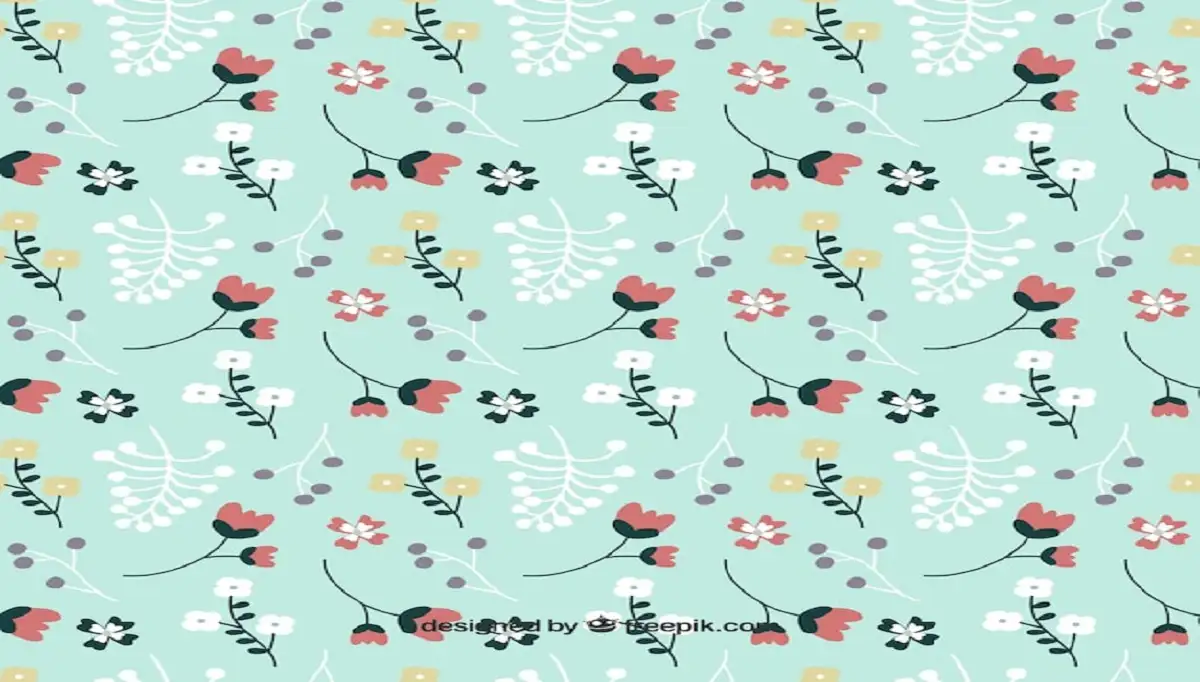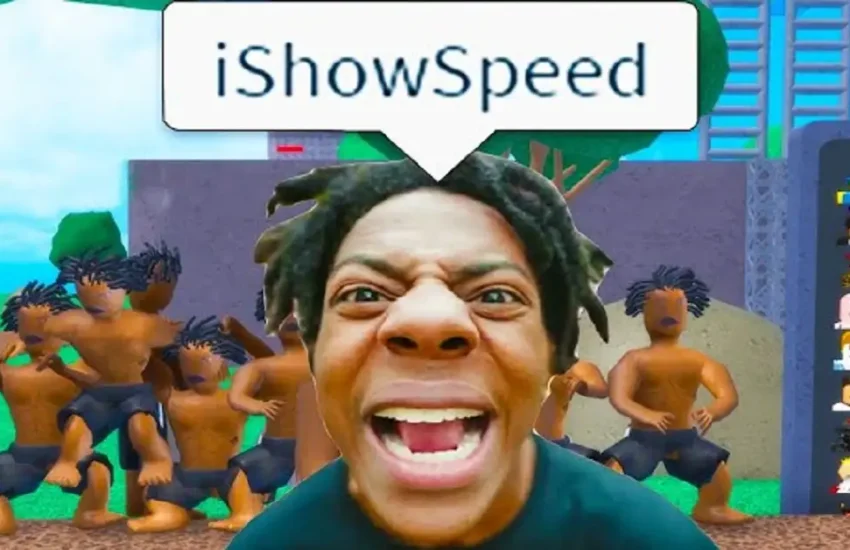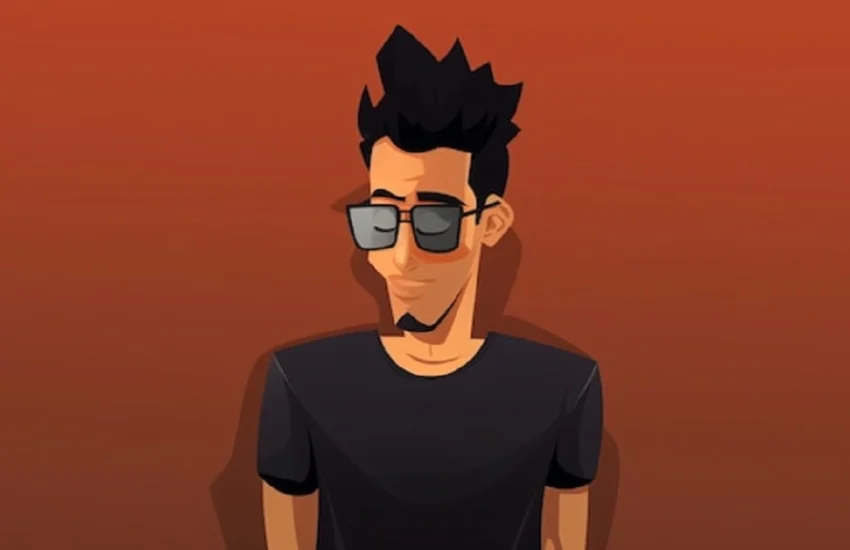The Aesthetics and Uses of Stitch Backgrounds: A Comprehensive Guide
In the realm of digital design and modern aesthetics, one term that has garnered attention is “Stitch Background.” The idea of using stitch backgrounds spans across various domains including graphic design, web development, and even in textile arts. These backgrounds can add a unique, handmade feel to digital and physical projects, enhancing their visual appeal. In this article, we delve into the intricacies of stitch backgrounds, exploring their types, uses, and the creative potential they offer.
What is a Stitch Background?
A stitch background refers to a design element that mimics the appearance of stitching or embroidery. This can be achieved through digital graphics, where the stitch effect is created using software, or through actual textile techniques, where fabric and thread are used to create a stitched pattern. These backgrounds often feature repetitive motifs or intricate designs that resemble traditional stitching techniques such as cross-stitch, running stitch, or backstitch.
Types of Stitch Backgrounds
- Digital Stitch Backgrounds
- Vector-Based Designs: These are created using vector graphic software like Adobe Illustrator or CorelDRAW. Vector-based stitch backgrounds are scalable without losing quality, making them ideal for various applications from small icons to large banners.
- Pixel Art Stitching: This type of design is created on a pixel-by-pixel basis, often used in retro or nostalgic projects. Pixel art stitch backgrounds give a vintage feel reminiscent of old video games or classic computer graphics.
- Raster Images: These are created in raster graphic software like Adobe Photoshop. They provide a high level of detail but are not scalable without quality loss. Raster stitch backgrounds are perfect for projects that require intricate, detailed designs.
- Textile-Based Stitch Backgrounds
- Handmade Stitching: Traditional hand-stitched backgrounds are crafted using needle and thread on fabric. Each stitch is placed meticulously, resulting in a unique and often intricate design. This type of background is prized for its authenticity and craftsmanship.
- Machine Embroidery: With advancements in technology, machine embroidery has become a popular method to create stitch backgrounds. Machines can produce complex patterns quickly and with precision, making it a practical choice for large-scale projects.
- Printed Fabrics: Some fabrics are printed with designs that mimic the appearance of stitching. These printed stitch backgrounds offer the visual appeal of stitching without the time and labor required for actual embroidery.
Applications of Stitch Backgrounds
- Graphic Design
- Web Design: Stitch backgrounds can add a warm, tactile feel to websites. They are often used in web design to create a cozy, handmade aesthetic that contrasts with the cold, clean lines of digital interfaces.
- Print Media: In print media, stitch backgrounds are used to embellish brochures, flyers, and posters. They can enhance the visual appeal and provide a sense of authenticity and craftsmanship.
- Textiles and Fashion
- Clothing: Stitch backgrounds are a staple in fashion, especially in the creation of bespoke garments and accessories. Embroidered fabrics are used to add intricate designs and textures to clothing.
- Home Décor: In home décor, stitch backgrounds can be found in items like throw pillows, curtains, and tablecloths. These elements add a personal touch and a sense of warmth to interior spaces.
- Craft Projects
- Scrapbooking: Stitch backgrounds are popular in scrapbooking, where they add texture and detail to pages. Whether through actual stitching or digital effects, they enhance the overall aesthetic of the scrapbook.
- DIY Projects: For DIY enthusiasts, stitch backgrounds can be incorporated into a wide range of projects, from handmade cards to decorative wall art.
Creating Your Own Stitch Background
- Digital Creation
- Using Software: Tools like Adobe Illustrator or Photoshop offer a variety of brushes and patterns that can be used to create stitch effects. Tutorials and templates are widely available online to help you get started.
- Freehand Design: For those with a steady hand and a good eye for detail, freehand drawing on a graphics tablet can produce stunning results. This method allows for a high degree of customization and creativity.
- Handmade Creation
- Choosing Materials: Select the right fabric and thread for your project. Cotton fabric and embroidery floss are commonly used materials that provide good results.
- Learning Techniques: Basic stitching techniques can be learned through online tutorials or workshops. Practice makes perfect, and even simple stitches can create beautiful backgrounds.
- Combining Techniques: Don’t be afraid to mix digital and handmade methods. For example, you can design a pattern digitally and then transfer it to fabric for hand-stitching.
Conclusion
Stitch backgrounds are a versatile and charming element that can be used in a myriad of creative projects. Whether you’re working digitally or with physical materials, these backgrounds add a unique, handcrafted touch that enhances the overall aesthetic. From web design to fashion, and from print media to craft projects, the possibilities with stitch backgrounds are endless. Embrace this timeless technique and let your creativity stitch together beautiful, memorable designs.


